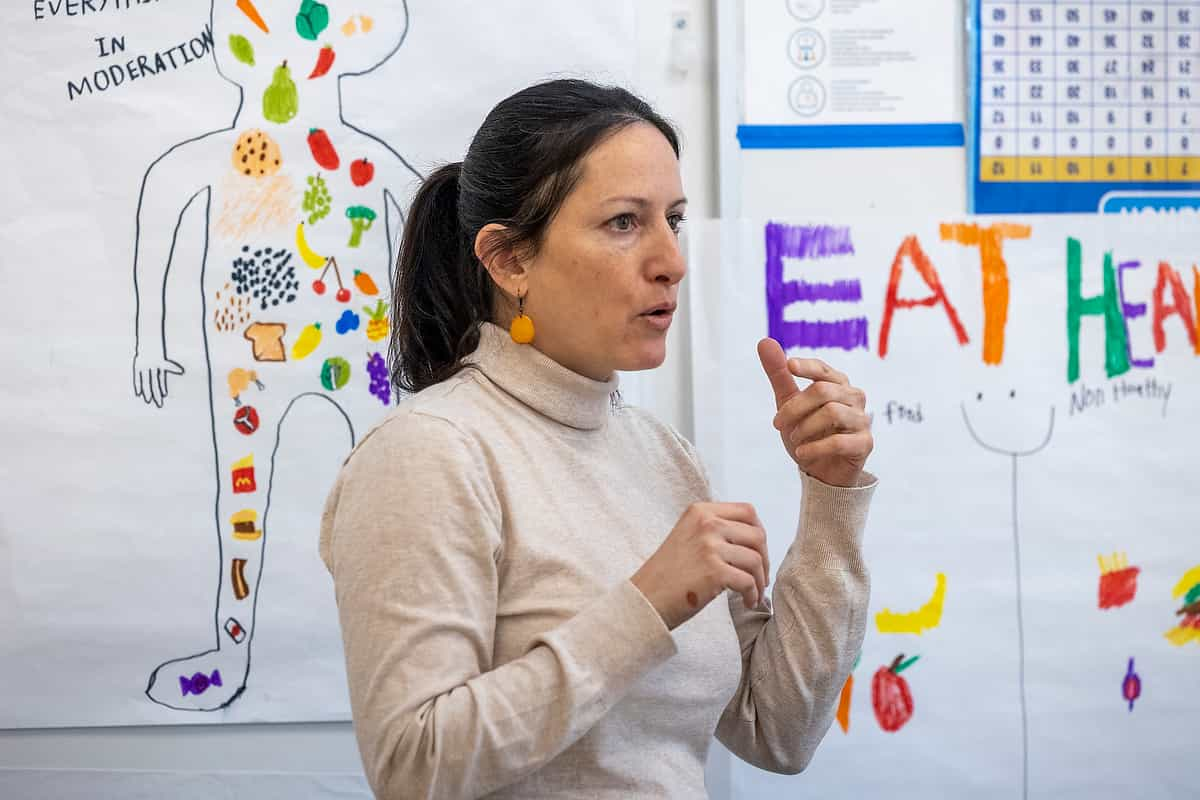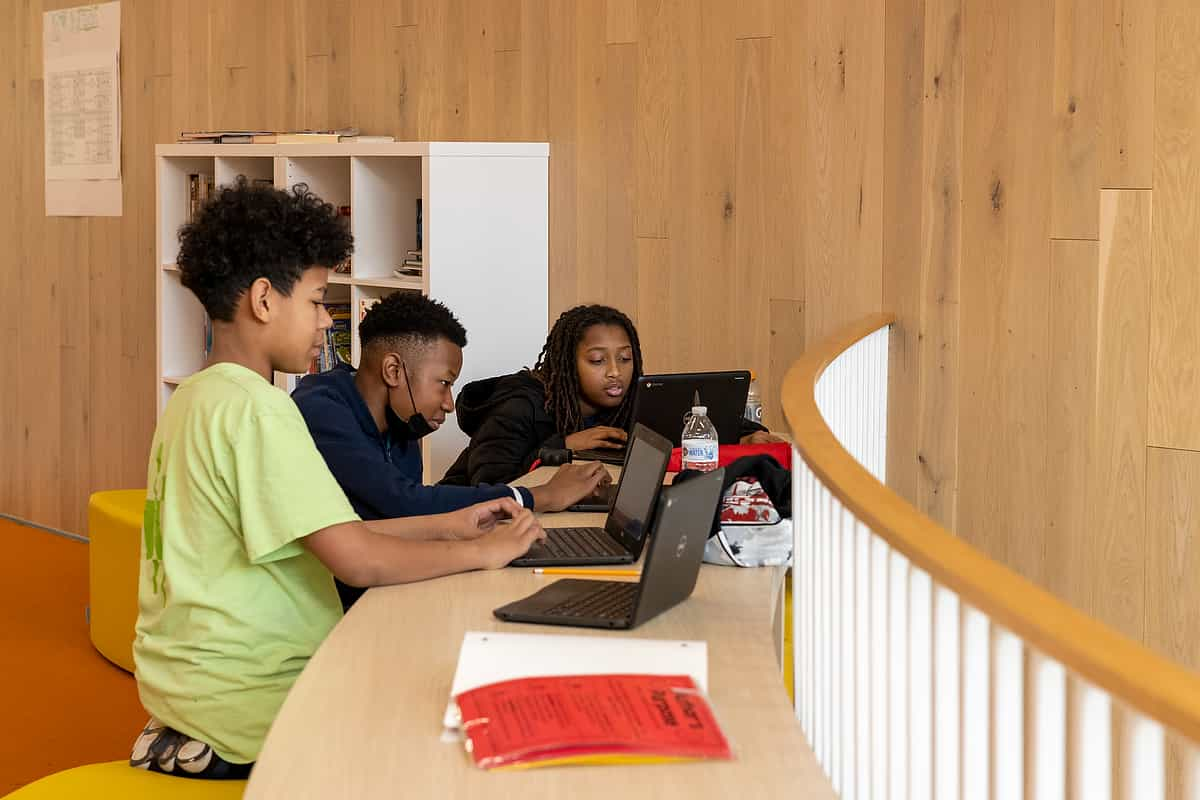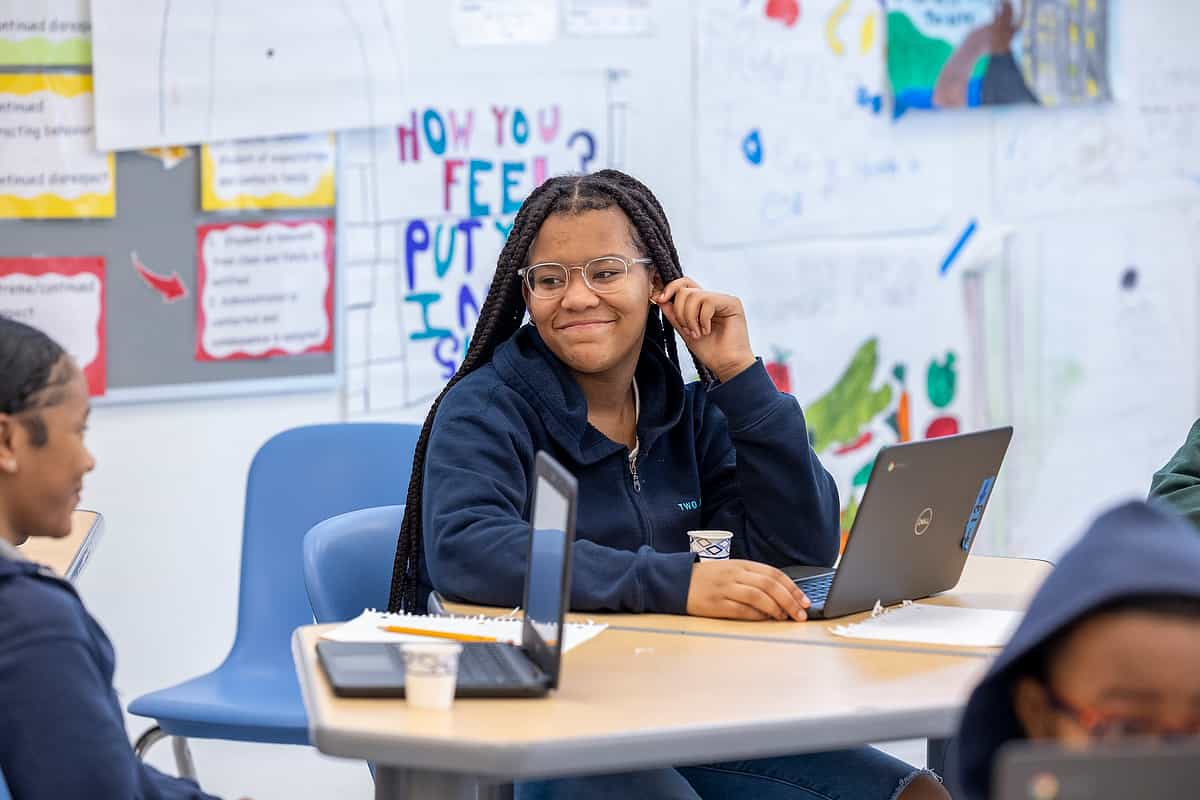Five Quick Tips To Keep Diverse Learners Engaged After Breaks
Administrators • 10 min read • Dec 13, 2023 7:29:45 PM • Written by: Sarah Sandelius
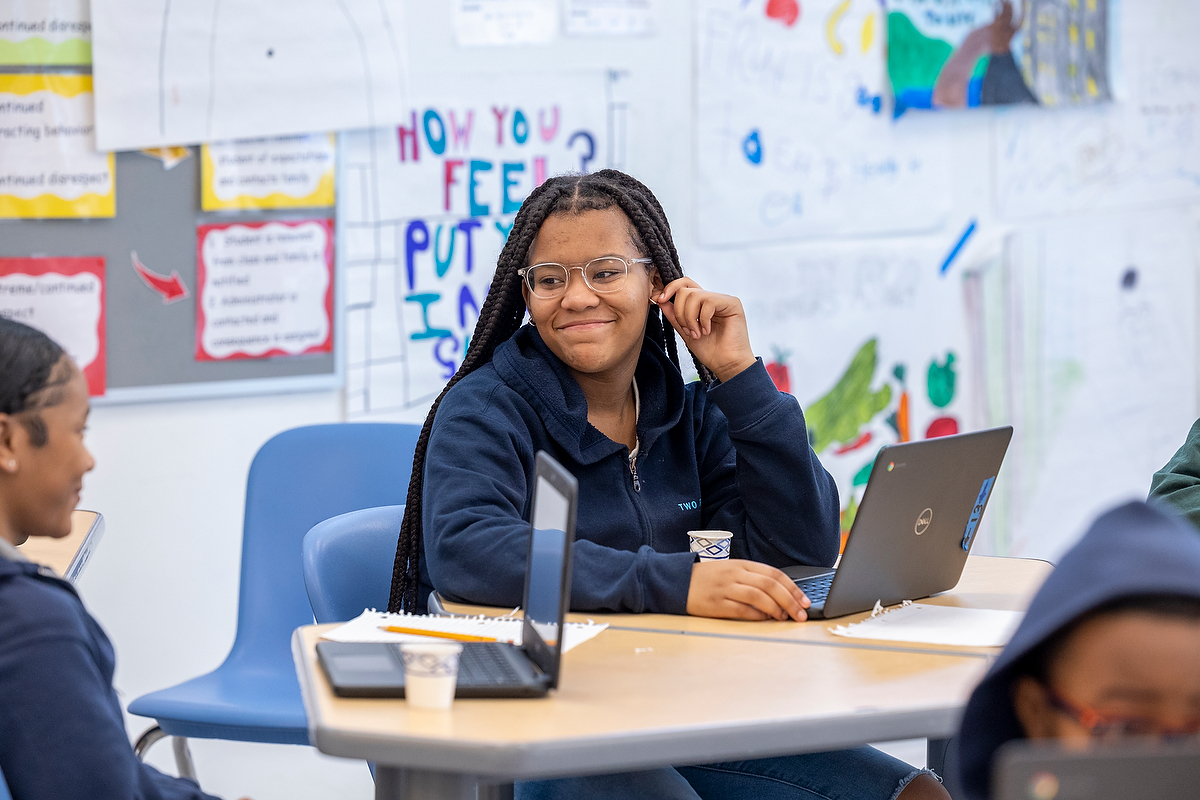
As we approach the December check-out lull, our attention naturally shifts to planning for the return to school in January. Fear not! We're here to provide five practical tips, offering guidance for both teachers and families to keep diverse learners engaged and foster inclusive practices.
Share these ideas with teachers and families - some of them (especially the ones for families) are prime for engaging with over the break and will help you ensure the back-to-school time is as seamless and successful as possible.
Tip One: Reuse What Works
At the risk of getting meta, we’re taking our own advice and using a format from one of our most popular blogs, Ten Ideas for Keeping Students with Diverse Learning Needs Engaged At Home, to highlight planning and implementation ideas for both teachers and families.
|
What Teachers Can Do |
What Families Can Do |
IDEAS FOR PLANNINGThink back through your assignments and activities this year. Which ones were most popular for your students and why? What and how were you teaching when your diverse learners were most engaged? |
IDEAS FOR PLANNINGAsk your children to name the most memorable class assignments and discuss what made them so engaging. Take notes and share them with your child’s teacher. |
PUTTING IT INTO ACTIONCreate a list of engaging lesson elements to reuse. Kids loved a historical role-play or a hands-on science project? Use those same strategies again with the current content. Save your creative and new ideas for January and use what you know works now. |
PUTTING IT INTO ACTIONTry using some of those same strategies for projects at home. For example, revisit a loved story from school by checking it out from the library and reading it together. Or try the second in a series. |
Why it matters for diverse learners: In many cases, students tell you what they like through engagement and participation. Keep doing those things and evaluate the results.

Tip Two: Learn about Your Kids and Connect with Them
During this season of reflection and gratitude, take a little time to get to know your students by learning something new about what makes them unique.
|
What Teachers Can Do |
What Families Can Do |
IDEAS FOR PLANNINGIntegrate identity exploration into lesson plans by incorporating activities that encourage students to share aspects of their identity. Consider assignments that delve into cultural backgrounds, personal interests, or experiences that have shaped their identity. |
IDEAS FOR PLANNINGDiscuss family background and traditions with your child, exploring what culture means to different people. |
PUTTING IT INTO ACTIONAsk students to share the meaning of their names, allowing them to choose their preferred method of presentation (e.g., written essay, piece of art, video presentation, or some other format). Or engage in identity interviews where students pair up to learn more about a peer. |
PUTTING IT INTO ACTIONChallenge your child to learn about the family traditions of a classmate, fostering connections. Discuss what they learned and how that tradition is the same and different from one of your traditions. |
Why it matters for diverse learners: Feeling connected and being seen is a great way to encourage learners and draw out information for use in later lessons. Giving students choice enables them to pick the method for showing what they know in a way that lets them shine.
Tip Three: Refresh Expectations and Routines
Regularly reviewing expectations, community commitments, and transition routines is always important, especially after breaks or times away from school. This encourages consistency and structure in your classroom.
|
What Teachers Can Do |
What Families Can Do |
IDEAS FOR PLANNINGEnsure that classroom commitments, routines, and agendas are visually displayed in your classroom. |
IDEAS FOR PLANNINGEmail your child’s teacher to understand the most important class routines (e.g., specific transition protocols, clean-up song, readiness check). |
PUTTING IT INTO ACTIONEmpower students to take charge of routine review. Assign small groups to write a story, compose a jingle, or create a new visual about one of the expectations or routines. Use those exemplars regularly for the rest of the year. |
PUTTING IT INTO ACTIONDiscuss with your child how they use routines in class and consider adopting a similar routine at home. For example, if the teacher uses a posted checklist for getting ready for recess, consider creating your list for getting ready for school in the morning. |
Why it matters for diverse learners: Classroom routines support all students, most acutely students who need structure and clear expectations for learning. Being consistent and equitable also helps some diverse learners feel confident navigating other more challenging school spaces.
Tip Four: Connect Students with Each Other
Right after a break is a great time to experiment with group activities and encourage students to have a little (controlled) fun, especially when those groups are strategically created and supported in the learning process.
|
What Teachers Can Do |
What Families Can Do |
IDEAS FOR PLANNINGUse data to consider students' strengths and preferences when forming groups. Ensure that each group has a well-balanced blend of talents and skills. |
IDEAS FOR PLANNINGPlan activities that emphasize teamwork during family gatherings. This could include group sports, collaborative board games, or even escape room challenges. |
PUTTING IT INTO ACTIONCreate short challenges that align with your content and require collaboration among students. Whether it's a problem-solving task, a creative activity, or a trivia challenge, ensure that each group member has a unique role to play. Establish regular check-ins to monitor group dynamics. |
PUTTING IT INTO ACTIONImplement a family game night with group-oriented games. Or try a home improvement or cooking task with different roles for each family member. Discuss the importance of working together, share individual experiences, and highlight the unique contributions each family member made. |
Why it matters for diverse learners: Teaching students that everyone has something to contribute to a group and supporting them with scaffolds, differentiated materials, and strategic groupings gives diverse learners a better understanding of how they are a helpful part of the class community. Peer interaction helps students build problem-solving and pro-social skills.
Tip Five: Practice and Teach Gratitude
Tis the season to say thanks, and this should continue into the post-break culture in your classrooms. Not only does it make others feel good, but there is research that shows expressing gratitude makes the giver happier as well.
|
What Teachers Can Do |
What Families Can Do |
IDEAS FOR PLANNINGPlan a gratitude activity at the next staff meeting where team members take turns drafting notes of gratitude for their peers on cardstock or paper plates. Participants can look to those words when they need a pick-me-up. |
IDEAS FOR PLANNINGTalk with your child about gratitude - what it is, how it is conveyed, etc. Ask for some examples of things they are grateful for. Help your child make a card for their teachers to express gratitude for their hard work and support. |
PUTTING IT INTO ACTIONEstablish a gratitude wall where teachers and students can post notes of appreciation for one another. This visual display serves as a constant reminder of the positive impact each member has on the educational community. |
PUTTING IT INTO ACTIONSet up a gratitude jar at home where family members can drop notes expressing gratitude for one another. Encourage specific examples of actions or qualities that are cherished. |
Why it matters for diverse learners: Sometimes diverse learners are the ones who hear more negative feedback or redirection at school. Letting them know how you appreciate them builds positive relationships and models essential social-emotional skills.
***
As you prepare for time off, ensure a smooth return to school by implementing these strategies. Print and share this guidance with teachers and families, encouraging them to pick one idea to test and try. Collaborate on the implementation for a more powerful impact on the child's learning experience, demonstrating alignment within the education team. Embrace the opportunity to create engaging, inclusive, and vibrant learning environments.
Happy teaching and learning!
Ready to Make an Impact For Your Most Diverse Learners?
Sarah Sandelius
Our Latest
Related Articles

August 13, 2024 | Administrators
An Administrator's Essential Guide for Establishing a Culture of Inclusion
Learn how school leaders can foster inclusive education from day one. Practical strategies for admin...
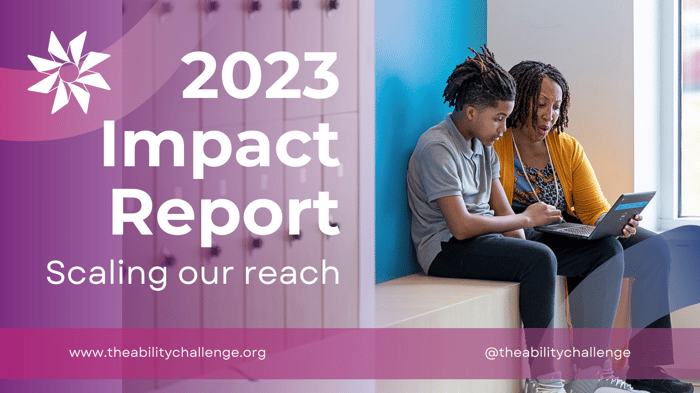
January 31, 2024 | Our Work
2023 Impact Report: Scaling our Reach
Explore The Ability Challenge's 2023 wins—enhanced training, coaching, and professional development ...
/AppleTree%20Case%20Study%20Shots/2023.01.24%20ABC%20AppleTree11.jpg?width=700&name=2023.01.24%20ABC%20AppleTree11.jpg)
March 27, 2024 | Administrators
Creating Inclusive Classrooms that Support Diverse Learners: A Model for Coaching Teachers
Learn how ABC's coaching model supports leaders and teachers in creating inclusive classrooms for di...

